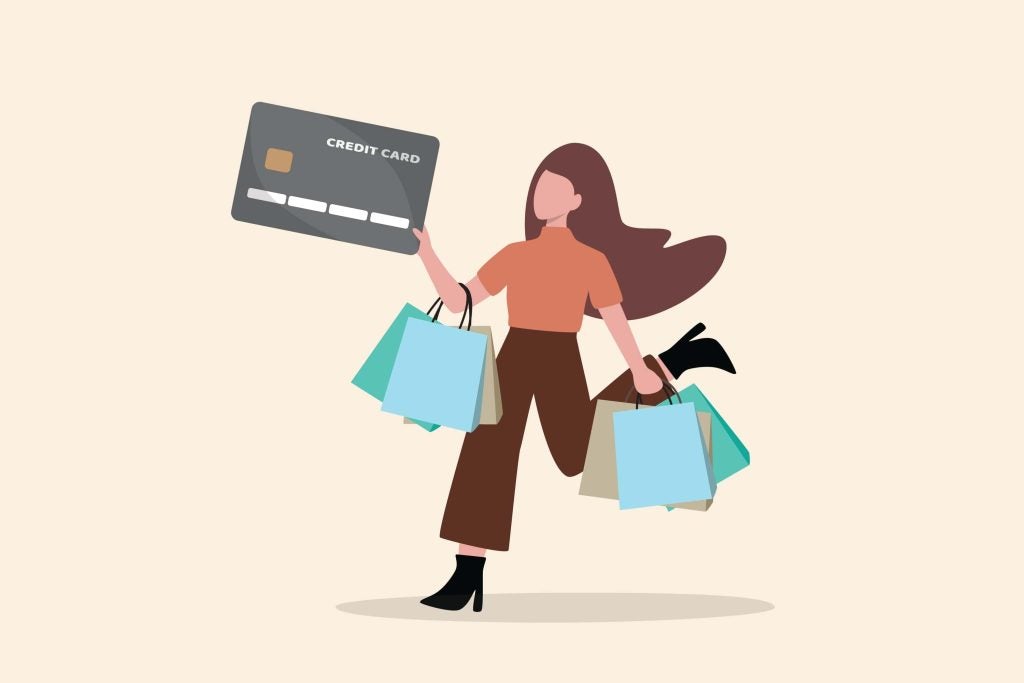LendingClub Corporation has published a new research series, ‘New Reality Check: Paycheck-To-Paycheck,’ to outline how nonessential spending impacts US consumers' ability to manage expenses and put aside savings.
The series draws on insights from a survey of 3,443 US consumers conducted from 5 July to 20 July and an analysis of other economic data.
Generally, more consumers of all income brackets reported living paycheck to paycheck in July 2023 than last year. The data indicates the persistent financial challenges and inflationary pressures a significant portion of the US population faces.
GlobalData advises that brands must understand how these factors influence consumer behaviour and how they can target specific concerns and demands to attract consumers.
What does nonessential spending look like for US consumers?
A staggering 16m US consumers — slightly more than 10% of the paycheck-to-paycheck US population — claim that nonessential spending is the primary reason they are trapped in the paycheck-to-paycheck cycle.
Nonessential spending is not limited to those living paycheck to paycheck. The data finds that 74% of consumers admit to including "nice-to-have" items in their grocery carts at least some of the time and 70% say the same for their retail purchases.
A notable 29% of Gen Z consumers living paycheck to paycheck cite nonessential spending as one of the factors contributing to their financial distress, with 15% citing it as the top factor, making them the most affected demographic.
In contrast, only 12% of baby boomers and seniors in similar financial situations attribute nonessential spending as a factor for their struggles. The likelihood of citing nonessential spending as a reason for living paycheck to paycheck decreases with age. This makes younger consumers more vulnerable to its adverse effects.
The study also finds that male consumers are slightly more likely than female consumers to attribute their financial strain to nonessential spending.
Consumers not living paycheck to paycheck are nearly 50% more likely to splurge on niche or imported goods. Clothing emerged as the top non-grocery splurge, followed by health and beauty.
Shoppers who say they engage in indulgent spending are also more likely to say they made payments related to credit cards, personal loans and buy now, pay later plans in the 30 days prior to the survey. Overall, credit product usage is 11% points higher for consumers who cite indulgent spending.









